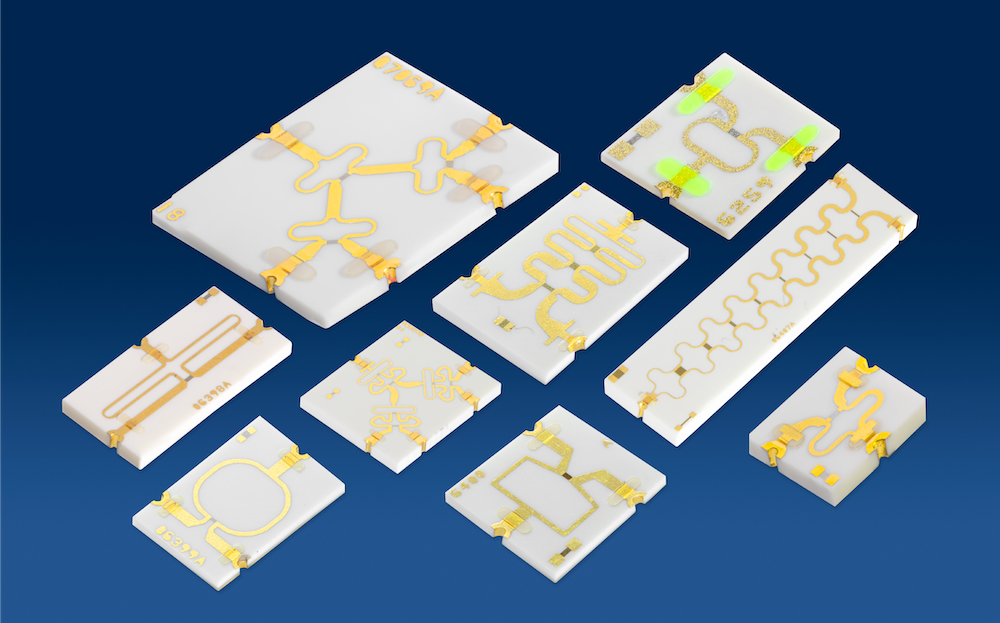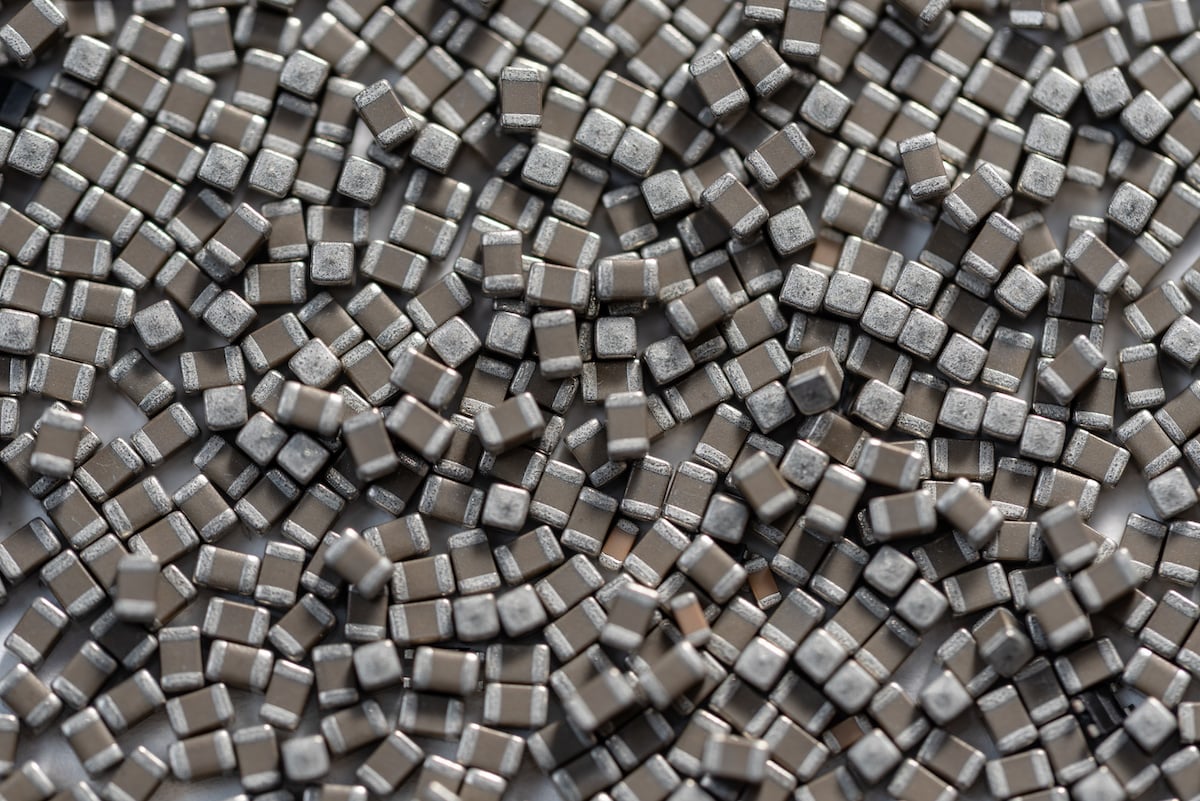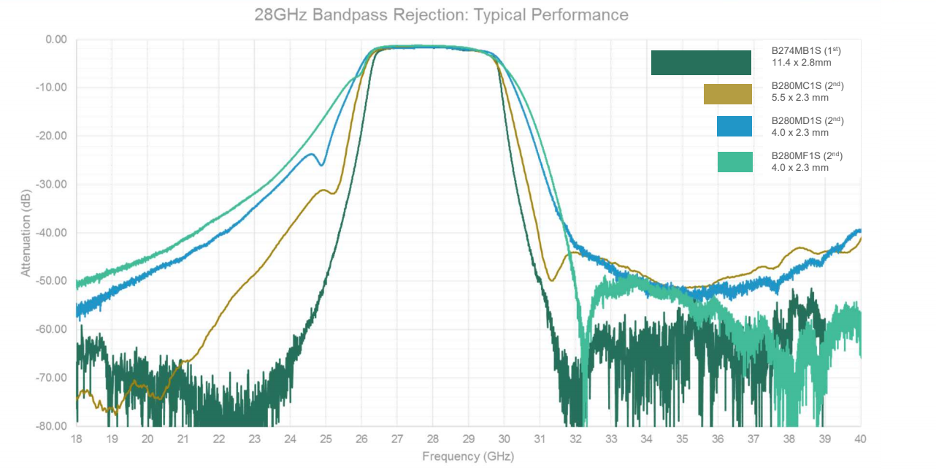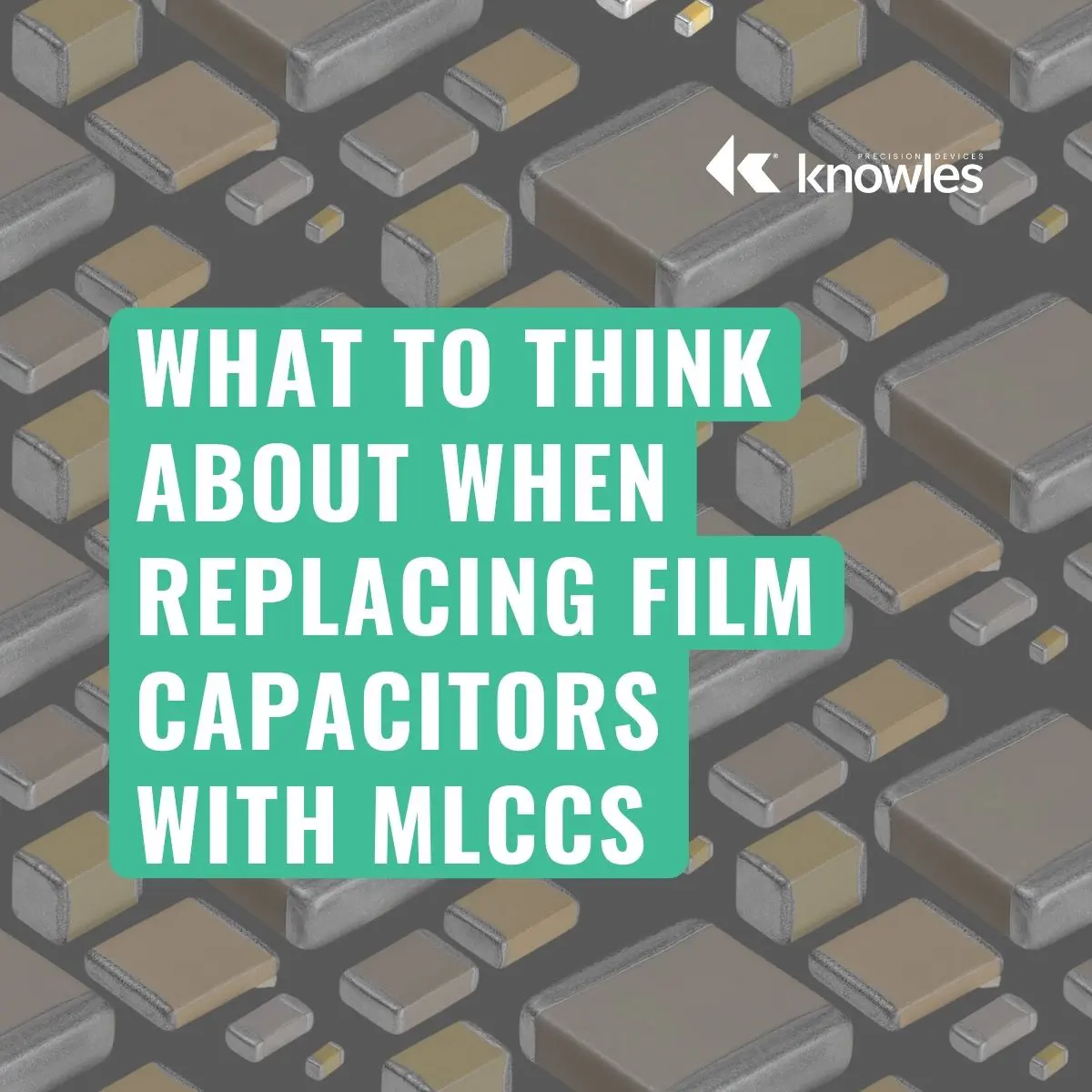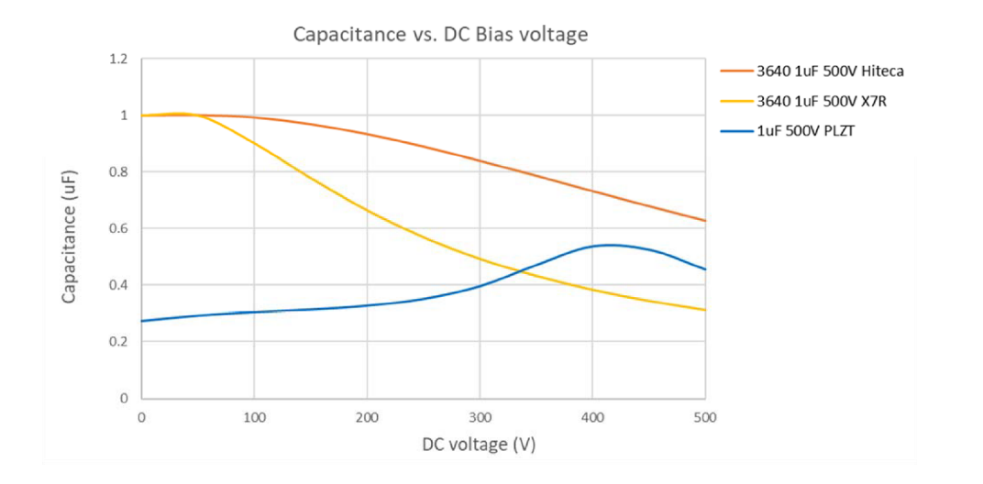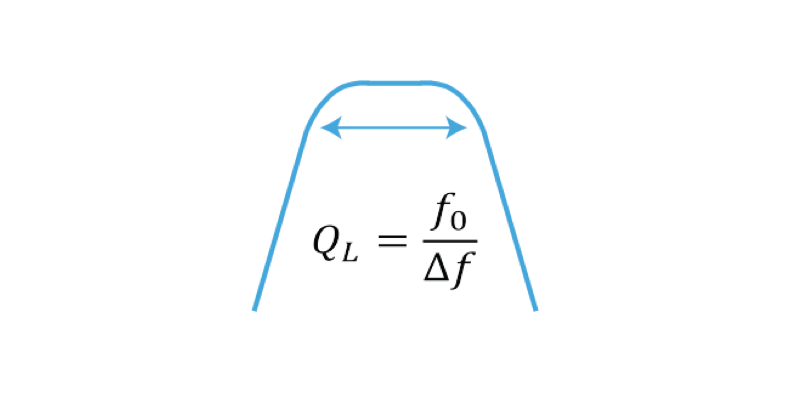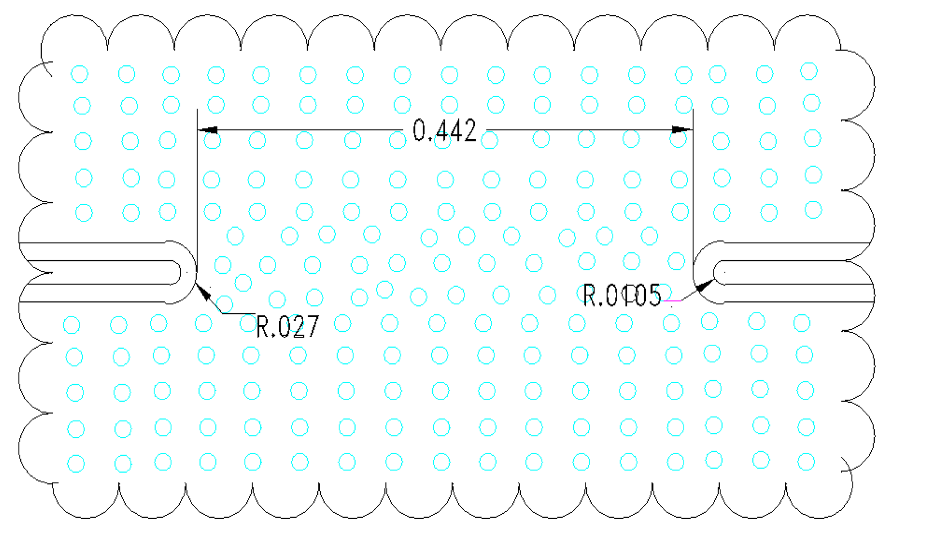The Wilkinson Power Divider, designed by Ernest Wilkinson in the 1960s, uses quarter wave transformers to split an input signal into two equal phase output signals. Since the design is reciprocal, Wilkinson Power Dividers can also be used as a power combiner. With this flexibility, they are widely used in many RF and microwave communication systems, including those with multiple channels or complex feed networks.
Wilkinson Power Dividers and Feed Networks – A Brief Overview
Topics: RF and Microwave
Supporting EV Battery Innovation with the Highest Voltage AEC-Q200 MLCCs
To meet consumer demand for longer driving ranges and faster charging, electric vehicle (EV) manufacturers are redesigning vehicles to move from 400V to 800V battery systems. As a result of using higher operating voltages, EV designers and original equipment manufacturers (OEMs) need components, such as multi-layer ceramic capacitors (MLCCs), that can withstand voltages well beyond those expected under normal operating conditions. For example, a drivetrain running off an 800V battery system may be subjected to a withstand test of up to 4kV DC for 60 seconds, which is a standard safety test in high voltage systems.
Topics: Capacitor, Automotive, Electric Vehicles
Simplifying 5G Radio Design with a New Range of 28 GHz Bandpass Filters
As 5G innovation forges on, radio systems continue to emerge. Each system has a range of requirements, including specific RF filter performance needs, and it’s up to the 5G FR2 Ecosystem of suppliers to meet that demand. In response, Knowles Precision Devices (KPD) supports a wide variety of 5G radio applications.
Topics: 5G, RF and Microwave
What to Think About When Replacing Film Capacitors with MLCCs
Today, the design and development of many applications, such as power electronics in electric vehicles (EVs), is driven largely by concerns about size and weight. This means the film capacitors traditionally used by electronics engineers aren’t always the best option. Instead, multi-layer ceramic capacitors (MLCCs) are emerging as an excellent alternative to film capacitors. Let’s review some of the considerations to keep in mind when you are deciding if making the switch is the right choice for your application.
Topics: Capacitor, Automotive, Electric Vehicles
Tips From the Lab: Vertical Mount MLCC’s to Save Board Space and Achieve High Capacitance Values
As many industries, including RF and automotive, need to incorporate more features in less space, engineers are constantly looking for ways to do more in a smaller footprint. For example, there is often demand for more multi-layer ceramic capacitors (MLCCs) to achieve higher capacitance values while at the same time increasingly limited space is available. Thus, continuing to simply add capacitors inside an application to achieve a higher capacitance value is not a viable option.
Topics: Capacitor
When an engineer designs a circuit, he or she needs to ensure that each component will “do what it says on the box.” In multi-layer ceramic capacitor (MLCC) design, one area that often concerns engineers is the fact that capacitance can fluctuate with voltage, which is known as “DC bias” or “voltage coefficient.”
Topics: Capacitor, Automotive, Electric Vehicles
Meeting the Demands of High-Voltage Electric Vehicle Systems While Guaranteeing Reliability and Safety
As countries around the world tighten emissions standards, the demand for fully electric vehicles (EVs) is increasing. However, for EVs to see mainstream adoption, manufacturers must address the primary consumer concerns: longer driving ranges and faster charging. To address these concerns, EV manufacturers are beginning to redesign their vehicles to switch from the 400V battery systems widely used today to 800V battery systems, which can offer twice the voltage and 2.7 times the power density compared to a 400V system.
Topics: Capacitor, Automotive, Electric Vehicles, High Reliability
The quality factor (Q) of a resonator is expressed as the ratio of stored versus lost energy per oscillation cycle. Overall losses through a resonator increase as Q factor drops and will increase more rapidly with frequency for lower values of resonator Q. However, truly understanding how Q factor is determined is a bit more intricate. Let’s take a closer look.
Topics: RF and Microwave
Best Practices for Maximizing the Performance of Our Surface-Mount Filters
The Knowles Precision Devices DLI brand of microstrip bandpass filters offers innovative filter topologies yielding excellent performance in a small footprint when fabricated on high DK temp stable ceramic substrate materials. Since our customers use our surface-mount filters in a wide range of applications, we’ve designed our devices so they can be used on most RF PCB materials. To ensure our customers achieve optimal performance and are successful with our filters, we have compiled a number of best practices and resources, which are outlined below.
Topics: RF and Microwave
Using Cavity Filters for High Precision and Reliability in Narrow Band Microwave Applications
Many microwave applications, such as repeaters, and electronic warfare equipment, require increased spectral resolution. This means these devices only need to look at a narrow slice of a given band. Filters that are optimized for the whole band, such us our planar microstrip devices, are too broadband for these applications. Likewise, traditional high Q filters, such as waveguide devices, are often too large to consider using in these types of applications.
Topics: RF and Microwave, High Reliability

